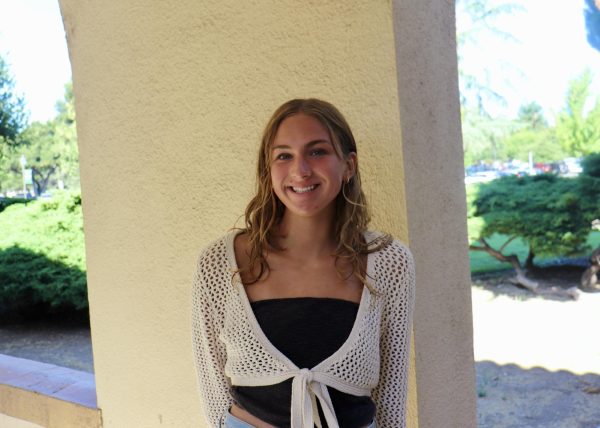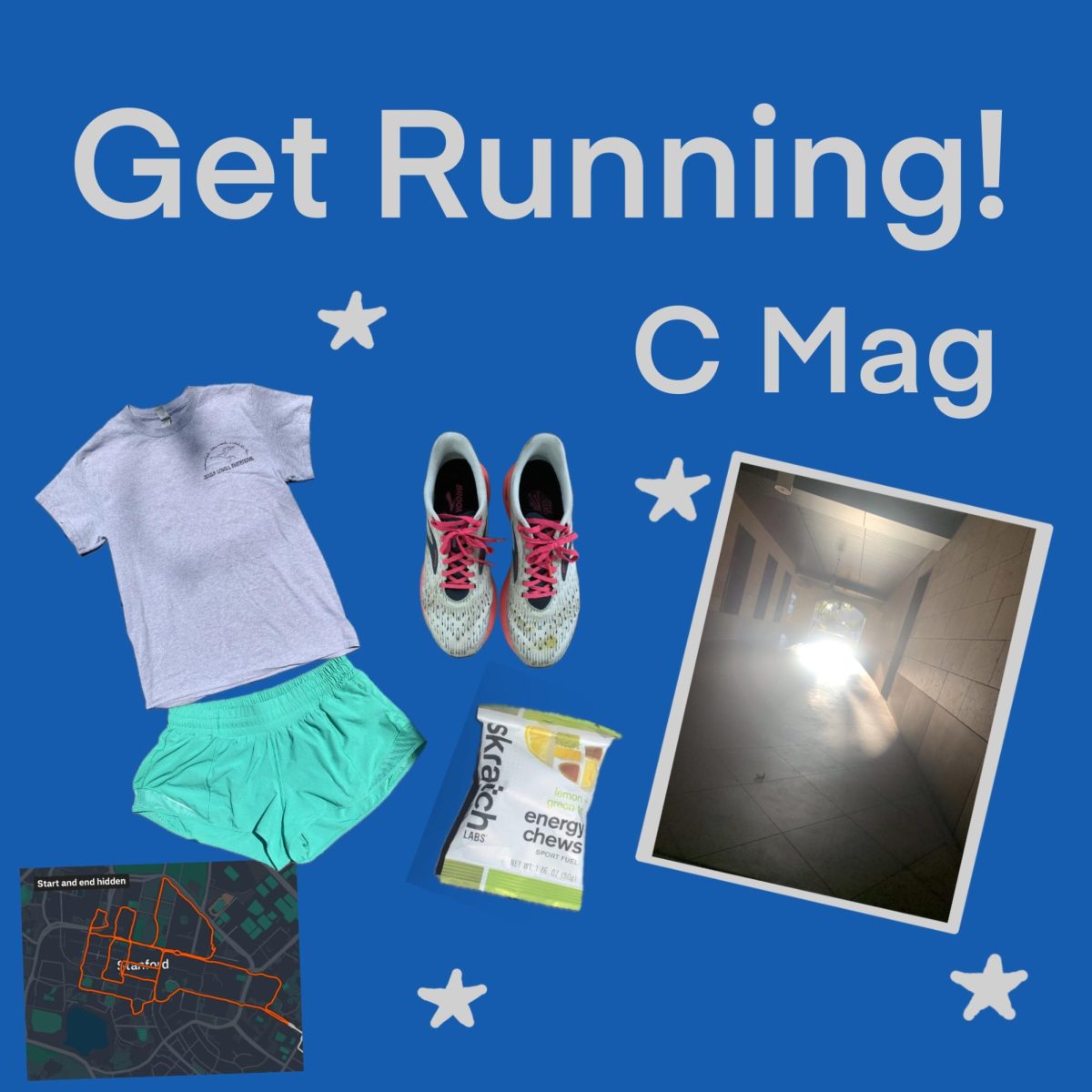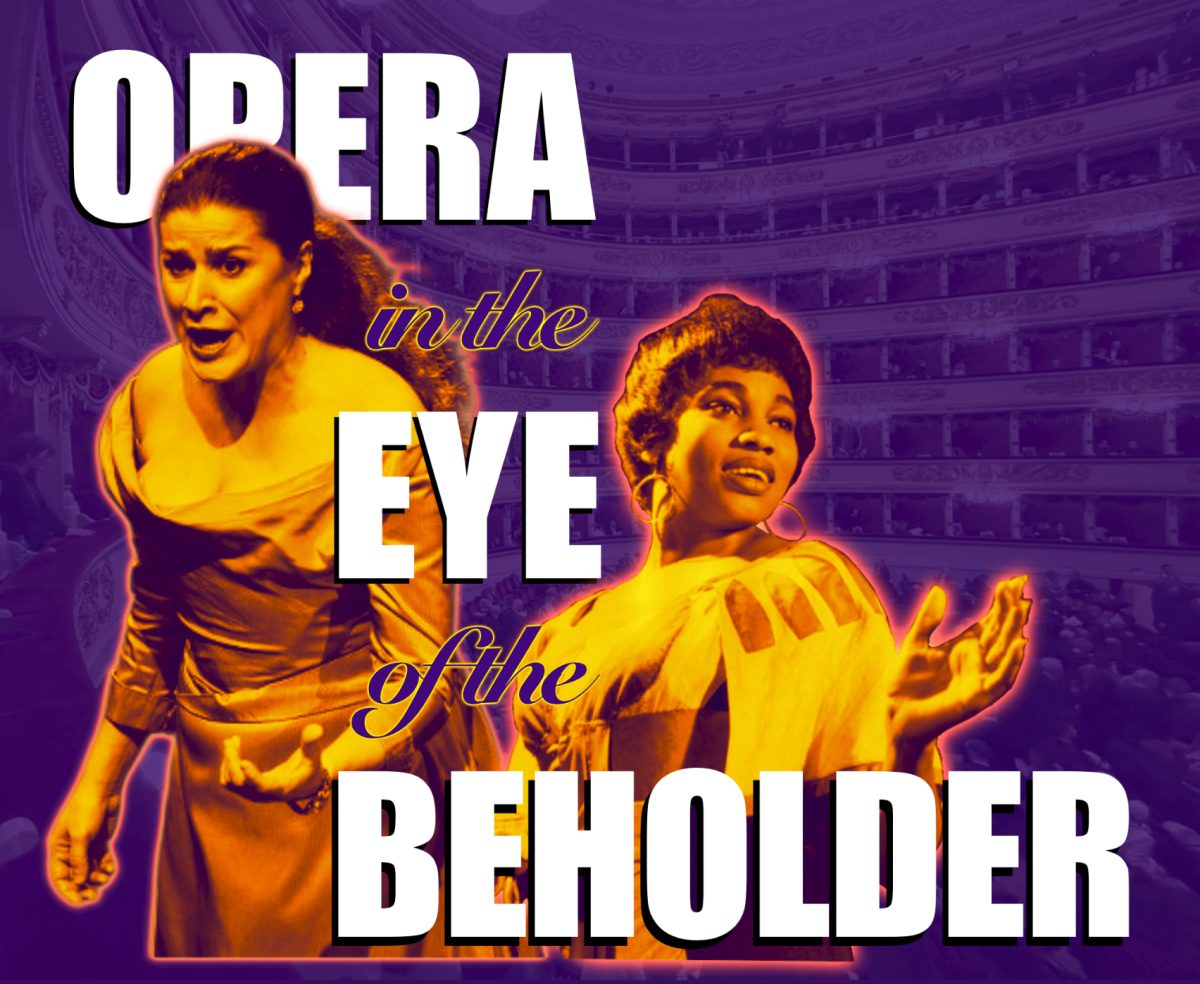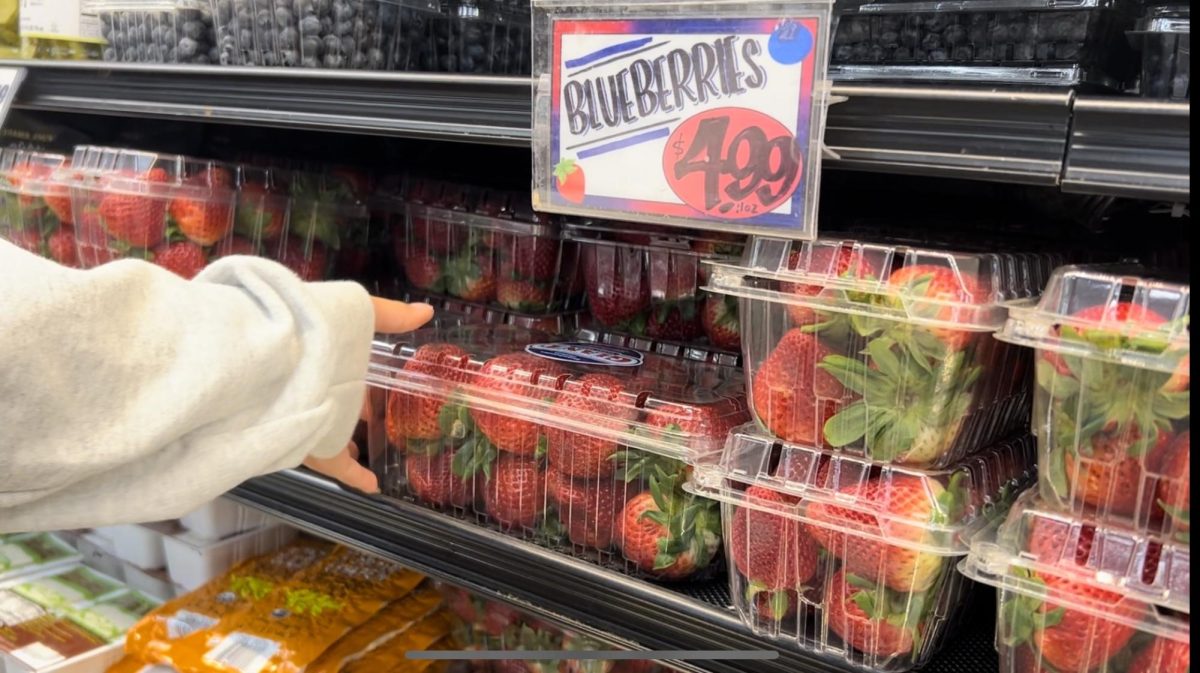Unbeknownst to most, people with disabilities constitute the largest minority group in the United States, making up an estimated 20% of the population, according to the Disability Funders Network. Yet an even more unknown population exists, a hidden realm of challenges and triumphs, known only to those who bear the cloak of invisible disabilities. These conditions, while imperceptible to the naked eye, paint intricate stories of resilience, adaptability, and unwavering strength. Like specters lingering in plain sight, invisible disabilities remind us that the human experience is far more complex than what meets the eye, unveiling a tapestry of courage woven through the threads of everyday life.
The Invisible Disabilities Association defines an invisible disability as a physical, mental, or neurological condition that is not visible from the outside yet can limit or challenge a person’s movement, sense, or activities.
Not only do individuals with invisible disabilities have to deal with the difficulties of their condition, but they often face false perceptions and misunderstandings from members of the non-disabled community as well.
To help highlight these struggles, Sophia Henderson, a person with invisible disabilities speaks on her experiences. Henderson is currently a sophomore at the University of Oregon and is an alumni of the class of 2022 from Paly.
“One of the most difficult aspects of having an invisible disability is not being believed,” Henderson said. “Not being believed that something is actually ‘wrong’ with you, being gaslit, even by doctors.”
“Gaslighting,” a term typically used to describe abuse toward victims of domestic partner violence, can in this case be used to describe the subtle ways in which medical professionals cast doubt on or deny an issue.
Specifically, a study from the University of Pennsylvania found that women waited 16 minutes longer than men to receive pain medication in an emergency room. 16 minutes. It may not sound like the end of the world to you now, if you were in extreme pain and a doctor was not immediately able to see and validate the source of that pain, each second, let alone 16 minutes, would feel excruciating.
While this particular statistic is in regards to women, the quality of your health treatment is also impacted if you’re not wealthy, not white or not heterosexual. Furthermore, if you are being treated for an “invisible” condition, care can be delayed even further.
Once the hurdle of getting a doctor to see the problem and receive proper treatment has been jumped, there are still many flaws in our society that prevent these individuals from receiving the full support they need.
“People don’t understand what a broad range of disabilities there are. They can depend on the person. One person with a condition could live their life and not be disabled by it. But for another person, the same disorder can severely disabled them,” Henderson said.
Henderson has Autism Spectrum Disorder (ASD), Ehler-Danlos Syndrome and postural orthostatic tachycardia syndrome (POTS).
“If someone looked at me, they wouldn’t notice that I am autistic,” Henderson said. “People have one image of what an autistic person looks like and just because I may not look like what they pictured, I still have autism.”
Due to this narrow perception of people with invisible disabilities, it is incredibly difficult to be empathic to what they deal with on a daily basis. So, listening to people who face these challenges can be eye opening to what their routine may look like.
“My EDS and POTS affect the distance I can walk, the amount of time I can stand and even the duration of time I can be in the heat,” Henderson said. “My autism affects everything I do, but it’s also the way I think, which is both positive and negative.”
In general, the world is not currently built to accommodate people with disabilities, especially invisible ones, adding unnecessary complexities to their lives.
For Henderson, it is the burden of constantly asking questions and coming prepared to support herself and her needs.
Common questions that Henderson asks herself before heading out to an event as simple as a college football game include “Is there going to be somewhere to sit?”, or, “Do I need to bring my portable chair?” “How long is the walk?” “Do I need extra rest before completing these tasks?”
“Oftentimes, there might not be a place for me to sit, and sometimes I’m too embarrassed to use a mobility aid because I don’t like the stares and attention that come with it,” Henderson said.
Although asking for help and planning ahead are tasks most people with invisible disabilities are used to, bringing awareness to their community is something that can greatly improve their daily interactions.
One way that awareness is being brought to the invisibility disability communities is through the Hidden Disabilities Sunflower.
The Hidden Disabilities Sunflower is a simple tool, a green sunflower lanyard, for people to voluntarily share that you have an invisible disability and you may need more help or understanding in public spaces.
The organization launched in 2016 and is now widely recognized and used in many countries. Having this discreet way to let people know about your condition can save a lot of time and stress that typically come when addressing a person with invisible disabilities.
“It [sunflower lanyards] help acknowledge that this extra support is not an inconvenience,” Henderson said. “These accommodations are human rights. It is what these people with both invisible and visible disabilities need to live a successful life so it shouldn’t be treated as something special.”
Similar to the goal of the Sunflower movement, Henderson encourages everyone to learn more about this community and find ways to support each other.
“Listen to disabled voices,” Henderson said. “Listen to what people with different disabilities and from different backgrounds have to say because everyone’s experience is different.”
Invisible Disabilities
Many disabilities are invisible to the naked eye, but this doesn’t make them any less real
4 MIN READ
More to Discover
About the Contributor

Mary Henderson, Managing Editor
2022-2023 Staff Writer
2023-2024 Managing Editor
I joined C Mag as a way to express my creative side and advocate for subjects I am passionate about. I adore the supportive and fun community that C Mag creates, whether that be writing a story with someone new or staying late at productions with friends. I love the freedom that comes with journalism and how it is a platform to highlight underrepresented communities and issues. In my free time, you can almost always find me at the pool playing water polo or blasting Taylor Swift somewhere.







![Polynesian Club Performs at the Cultural Celebration Assembly
[Photo Courtesy of Savannah Earley]](https://cmagazine.org/wp-content/uploads/2025/04/PNG-image.jpeg)
